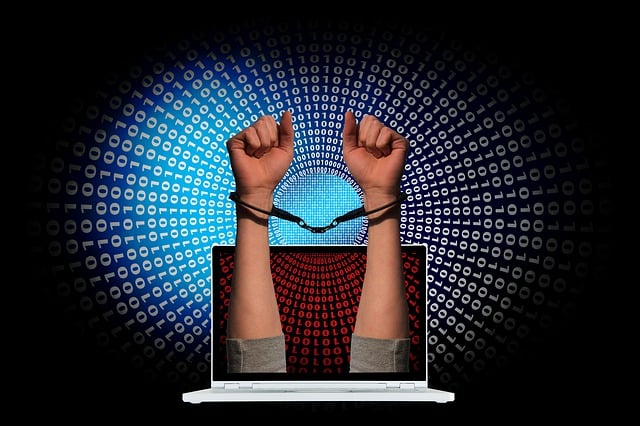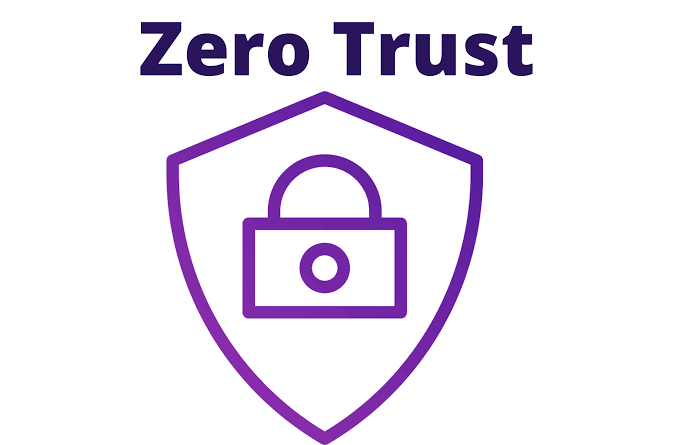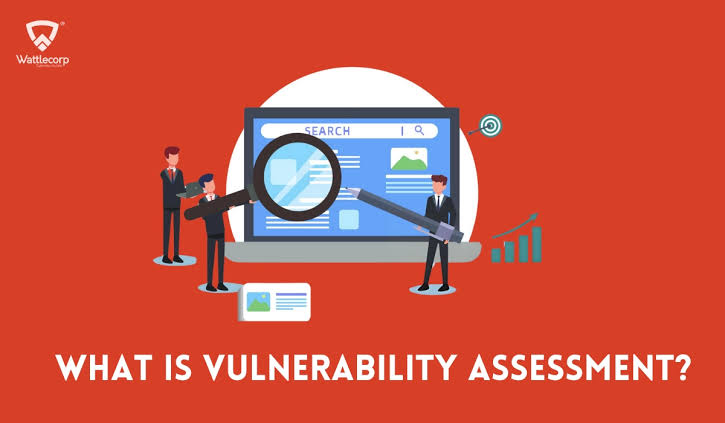In today’s hyper-connected world, where technology permeates every aspect of our lives, the need for effective cybersecurity measures has never been more critical. Cyber arresting refers to the strategies, practices, and technologies used to protect individuals and organizations from the ever-evolving landscape of cyber threats. This article will explore the concept of cyber arresting in depth, examine recent trends and incidents, and provide actionable tips to enhance personal and organizational cybersecurity.
Understanding Cyber Arresting
Cyber arresting encompasses a range of activities designed to detect, prevent, and respond to cyber threats. It includes implementing security measures, educating users, and developing protocols aimed at protecting data from unauthorized access, theft, and other malicious activities.
Types of Cyber Threats
To effectively combat cyber threats, it is essential to understand their various forms:
- Malware: This term encompasses malicious software designed to damage or disrupt systems. Types of malware include:
- Viruses: Programs that attach themselves to legitimate software and spread when the infected software is executed.
- Worms: Similar to viruses but capable of spreading independently across networks.
- Trojan Horses: Malicious software disguised as legitimate applications that can cause harm once installed.
- Ransomware: A form of malware that encrypts a user’s files, demanding a ransom for their release.
- Phishing: This deceptive tactic involves tricking individuals into revealing sensitive information by masquerading as trustworthy entities. Phishing attempts can occur through emails, messages, or fake websites.
- Denial-of-Service Attacks (DoS): In these attacks, the perpetrator aims to make a service unavailable by overwhelming it with traffic, disrupting normal operations.
- Data Breaches: Unauthorized access to confidential data, often resulting in the theft of sensitive information, is a significant threat. Organizations can face severe consequences if customer data is compromised.
The Importance of Cyber Arresting
The significance of cyber arresting cannot be overstated. It serves several critical functions:
- Financial Protection: Cyberattacks can result in substantial financial losses for individuals and organizations. Effective cybersecurity measures help minimize the risk of these attacks, protecting financial assets.
- Reputation Management: A data breach can severely damage an organization’s reputation, leading to loss of customer trust and potential business decline. Protecting against cyber threats is crucial for maintaining a positive image.
- Legal Compliance: Many industries are subject to strict regulations regarding data protection. Failure to comply can result in hefty fines and legal repercussions, making cybersecurity not just a best practice but a legal necessity.
Current Context: Cyber Arresting and High-Profile Events
Recent high-profile events have underscored the need for robust cybersecurity measures. For instance, the recent wording incident exemplifies how cybercriminals can exploit situations to target unsuspecting individuals.
The Wording Incident: Overview and Cybersecurity Implications
The wording incident involved the manipulation of a public announcement to conduct phishing campaigns. Cybercriminals often take advantage of trending topics or notable events to craft convincing messages that lead to data theft.
- Exploitation of Current Events: The recent wording incident highlighted how cybercriminals exploit public interest to launch phishing attacks. They often capitalize on high-profile events or announcements to increase the likelihood of individuals falling for their schemes.
- Public Vulnerability: During times of heightened public interest, individuals are more likely to engage with content related to current events, making them susceptible to scams. This vulnerability underscores the importance of being cautious and vigilant when interacting with digital content.
- Cybersecurity Measures in Light of Such Incidents:
- Awareness and Training: Organizations must prioritize cybersecurity training for employees, equipping them to recognize phishing attempts and other threats. Regular training sessions can reinforce the importance of vigilance and proactive measures.
- Information Verification: Always verify the authenticity of communications, especially those that request sensitive information or prompt immediate action.
- Incident Response Plans: Establishing a robust incident response plan ensures that organizations can react swiftly to cyber threats, minimizing potential damage.

Best Practices for Cyber Safety
While understanding cyber threats is crucial, implementing protective strategies is equally vital. Here are several key practices to bolster cybersecurity:
1. Create Strong Passwords
- Complexity: Use complex passwords that incorporate a mix of uppercase and lowercase letters, numbers, and special characters. Avoid easily guessable information, such as birthdays or common words.
- Unique Passwords: Use different passwords for each account to prevent a single breach from compromising multiple services. Consider using a password manager to help manage complex passwords.
2. Keep Software Updated
- Regular Updates: Ensure that your operating system, applications, and antivirus software are up to date. Many updates include security patches designed to protect against newly discovered vulnerabilities.
- Automatic Updates: Enable automatic updates whenever possible to ensure you receive the latest security features.
3. Be Wary of Phishing Attempts
- Email Vigilance: Scrutinize unsolicited emails or messages that request personal information. Always verify the sender’s identity before clicking on links or downloading attachments.
- URL Verification: Check URLs carefully. Phishing sites often mimic legitimate ones but may have slight variations in the domain name.
4. Secure Your Wi-Fi Network
- Change Default Settings: Modify default passwords and settings on your router to prevent unauthorized access.
- Encryption: Use WPA3 encryption for enhanced security on your wireless network. Regularly review connected devices and remove any unauthorized access.
5. Install Antivirus Software
- Reliable Protection: Use reputable antivirus software to detect and remove malware.
- Scheduled Scans: Schedule regular scans to identify potential threats and keep your system clean.
6. Educate Yourself and Others
- Stay Informed: Keep up with the latest cybersecurity threats and best practices. Resources from cybersecurity organizations and government agencies can provide valuable insights.
- Family and Friends: Share knowledge with family and friends to foster a culture of cybersecurity awareness. Encourage discussions about safe online practices.
7. Backup Important Data
- Regular Backups: Regularly back up critical data to an external hard drive or a secure cloud service.
- Backup Storage: Ensure backups are stored separately from primary data to prevent loss in case of a ransomware attack.
8. Monitor Financial Accounts
- Frequent Reviews: Regularly review bank and credit card statements for unauthorized transactions. Report any suspicious activity immediately.
- Credit Monitoring: Consider using credit monitoring services that alert you to any changes in your credit report.
9. Use Secure Connections
- Avoid Public Wi-Fi: Avoid accessing sensitive information over public Wi-Fi networks, which can be insecure.
- Virtual Private Network (VPN): Use a VPN to encrypt your internet connection, particularly when using public networks.
10. Implement Two-Factor Authentication (2FA)
- Extra Layer of Security: Enable 2FA on your accounts whenever possible. This additional verification step can significantly enhance account security, making it harder for cybercriminals to gain access.
The Role of Organizations in Cyber Arresting
Organizations play a pivotal role in cyber arresting by implementing policies and technologies designed to protect sensitive information. Here are several strategies organizations can adopt:
1. Develop Comprehensive Cybersecurity Policies
- Clear Guidelines: Establish clear cybersecurity policies that outline acceptable use of technology, data protection procedures, and incident response protocols. Ensure that all employees are familiar with these policies.
2. Invest in Cybersecurity Technologies
- Advanced Solutions: Utilize advanced cybersecurity tools, such as intrusion detection systems, firewalls, and endpoint protection solutions, to enhance overall security posture.
3. Conduct Regular Security Training
- Ongoing Programs: Implement ongoing training programs for employees, emphasizing the importance of cybersecurity and providing practical guidance on recognizing and responding to threats.
4. Establish Incident Response Teams
- Dedicated Teams: Form dedicated incident response teams responsible for managing and mitigating the effects of cybersecurity incidents. Ensure these teams receive regular training and resources to respond effectively.
5. Engage in Threat Intelligence Sharing
- Collaboration: Collaborate with industry peers and cybersecurity organizations to share threat intelligence. Collective efforts can enhance overall awareness and response capabilities.
The Future of Cyber Arresting
As cyber threats continue to evolve, the need for robust cyber arresting measures will only increase. The rise of artificial intelligence (AI) and machine learning is shaping the cybersecurity landscape, providing new opportunities for both cybercriminals and defenders.
1. AI in Cybersecurity
- Enhanced Threat Detection: AI-driven solutions can analyze vast amounts of data to identify anomalies and detect potential threats in real-time.
- Automated Responses: Organizations can leverage AI to automate responses to certain types of cyber incidents, reducing response times and mitigating damage.
2. The Growing Importance of Cyber Hygiene
As awareness of cybersecurity grows, the concept of cyber hygiene—the practice of maintaining the security of digital devices and networks—will become increasingly important. Individuals and organizations must adopt proactive measures to protect their digital environments.
Conclusion: Embracing Cyber Arresting as a Culture
In a world where cyber threats are omnipresent, understanding and implementing cyber arresting measures is essential for everyone. From high-profile incidents like the wording incident to everyday internet usage, the importance of safeguarding personal information cannot be overstated.
A Call to Action
As we navigate the complexities of the digital world, it is imperative to remain vigilant and proactive in our approach to cybersecurity. By adopting best practices and staying informed about emerging threats, we can collectively work towards a safer online environment.
This article provides a comprehensive overview of cyber arresting, its importance, and actionable steps individuals can take to protect themselves in the digital realm. By prioritizing cybersecurity, we can safeguard our personal and sensitive information against the ever-evolving landscape of cyber threats.






